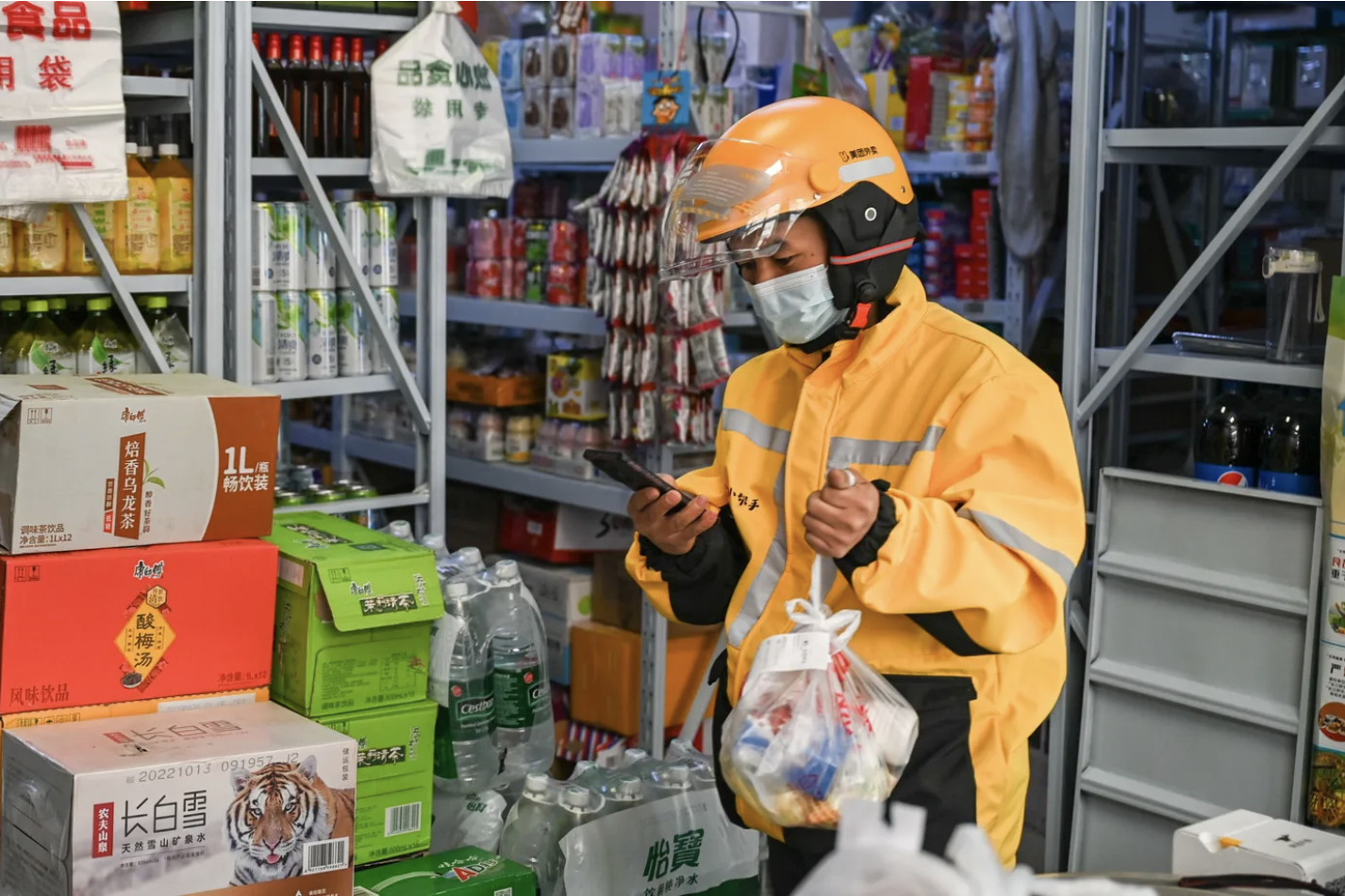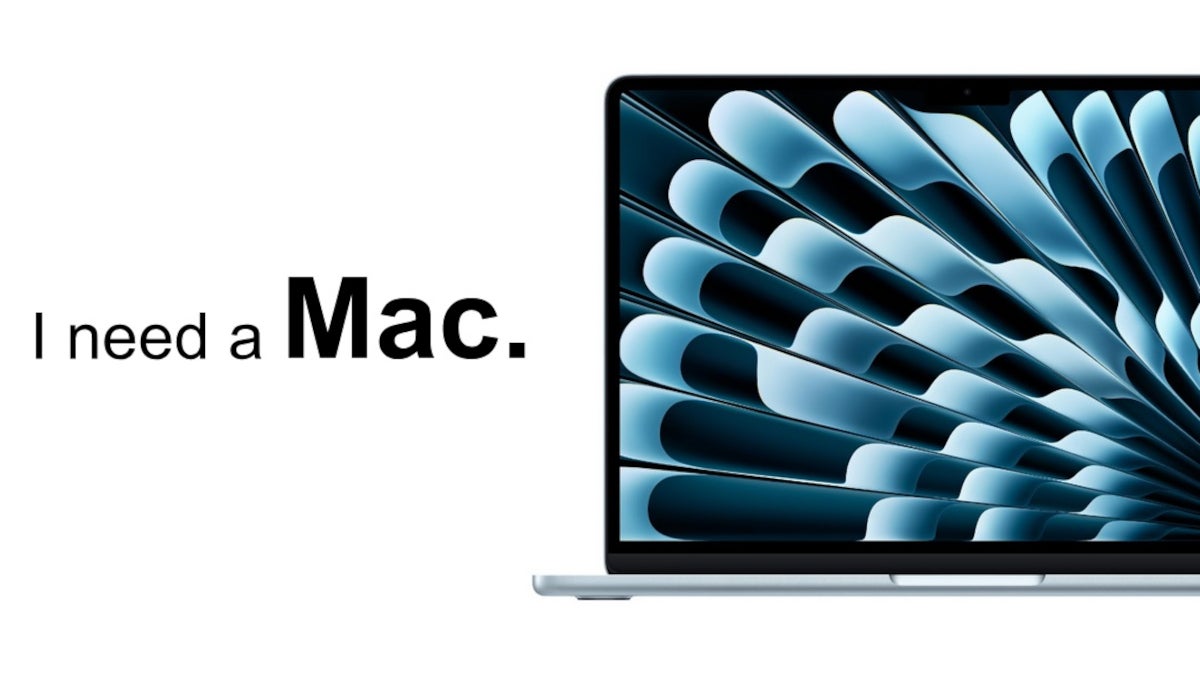The world has embarked on the adventure of transport electrification. We see it on the roads with the electric car, but it also makes sense at sea with concrete ships: the ferris. There are already several countries presuming from their electric ships and, if a few weeks ago Argentina and Uruguay took chest with their China Zorrilla, it is now Finland that has presented the largest electric ferri in the world.
A 200 meters to batteries.
Helios. Sea electrification is nothing new. More than a decade ago they began to take steps in the transformation of transport in Ferri. They are ships that make relatively short, but constant tours between two ports, accumulating thousands of kilometers a year, and the estimates point out that, electrifying the 50 meters in length ferris to cover 100 kilometers routes would save 50% fossil fuel in this segment.
Viking Line is a Finnish shipping company that has a ferris fleet that operates between Finland, Sweden and Estonia islands. Its ships are a mixture between cruise and ferri, with huge dimensions and considerable load capacity. They also have cruises as such, but their new 100% electric ship will be a ferri called Helios that scares for its dimensions.
Huge. The MS Viking Cinderella is the largest ferri of the company, a 191 -meter monster with capacity for 2,560 passengers and 480 vehicles. Helios will overcome it almost everything. To begin with, it will have 195 meters of length and another 30 meters of manga and its capacity will be 2,000 passengers, but it will have ‘hole’ for a whopping 650 cars.
China Zorrilla measures 130 meters long, 32 wide and has capacity for 2,100 passengers and 225 vehicles.


The China Zorrilla
Green corridor. To move such a monster, Viking Line will provide helios with batteries that will have a capacity of between 85 and 100 MWh, more than double the 40 MWh of China Zorrilla, and will make the journey between the capitals of Finland and Estonia in a time of about two hours.
Its batteries allow to complete this journey between Helsinki and Tallin at a speed of about 42 kilometers per hour (23 knots) which is the speed that other ferris of the company have. And the 80 kilometers of journey can be done with a single load. This is a fundamental point at the time of electrification of maritime corridors and, for this, each port will have an infrastructure capable of supplying 30 MWh during the scale.
Trend? And we talk all the time in the future because there are a few years left to see this electric titan in operation. Viking Line expects to have helios and load infrastructure ready for 2030. We will see if before that date other actors surprise us with an even greater electric ship
Because the truth is that there are several countries interested in this transformation of maritime mobility thanks to the advances in the ability of batteries. Without going far, in Spain we have the ‘Cap de Barbaria’, a ferri that joins Ibiza with Formentera that was a pioneer, but does not stand out with its 1 MWh battery. However, Balearia is already shaping two twin ferris with 39 MWh batteries to join Tarif and Tangier.
From Viking they are clear that these electric ships will be as significant as those of candle, steam and motor of their time, and although in the ferris it makes a lot of sense, we must wait to see if the solid state batteries can colonize the sea aboard the huge cruises and, above all, porternera.
In WorldOfSoftware | The largest ultra -grape load electroinera is found in Asturias. And that is its greatest virtue












